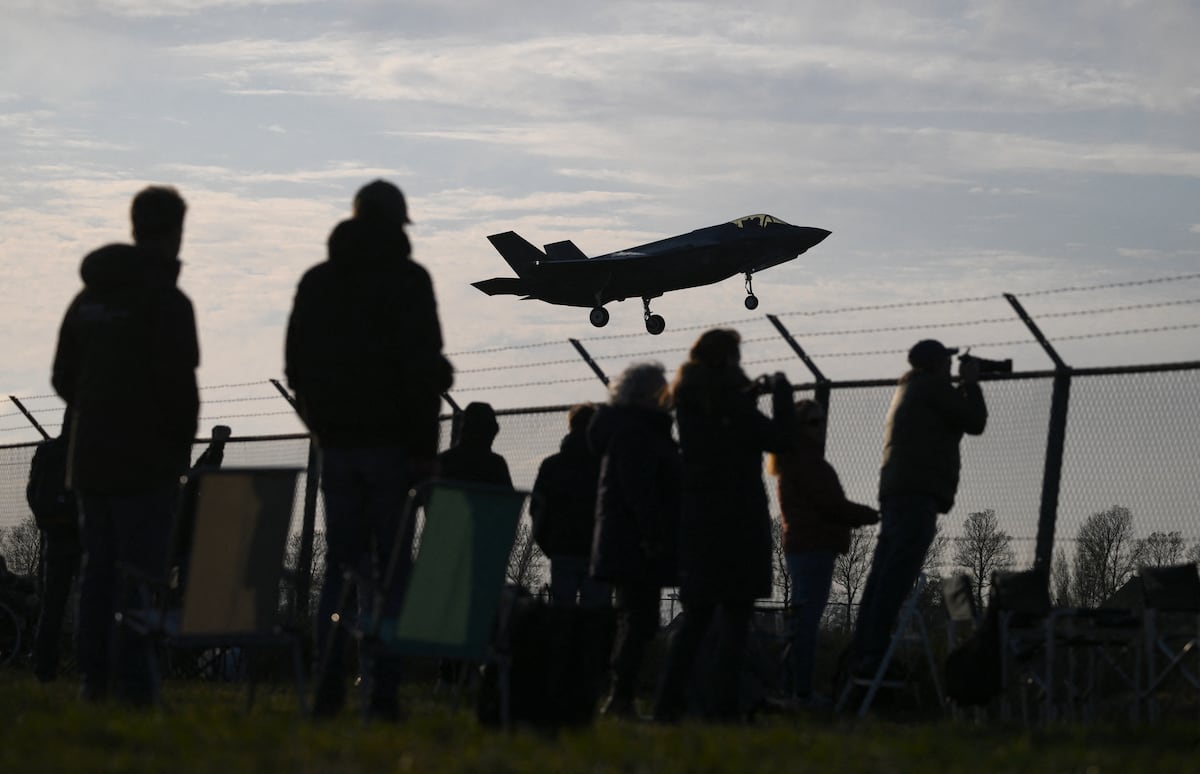Key Takeaways
- Dutch and Norwegian F-35 jets will be stationed in Poland from September to December under NATO command.
- The deployment aims to enhance airspace security for military supplies headed to Ukraine.
- This quick-reaction force will be on 24-hour readiness to respond to potential threats in the region.
In a strategic move to bolster NATO’s defense capabilities in Eastern Europe, Dutch and Norwegian F-35 fighter jets will be stationed in Poland from the beginning of September until early December. This deployment follows a request from NATO’s Supreme Headquarters Allied Powers Europe (SHAPE) and aims to protect lines of supply for military equipment being sent to Ukraine, as stated by the Dutch Ministry of Defense.
Dutch Minister of Defense Ruben Brekelmans emphasized the importance of this contribution to NATO’s territorial defense and Europe’s security. He noted that deploying the advanced F-35s will enhance air surveillance and provide a swift response to any incursions or threats to NATO airspace. According to Brekelmans, “In this way, we are literally keeping the Russian threat at bay.” He highlighted the effectiveness of a similar deployment of F-35s in Estonia, which demonstrated the capabilities of the aircraft in air policing roles.
The joint Dutch-Norwegian operation will combine personnel and resources, forming a quick-reaction alert team prepared to act within 24 hours of a threat. The jets will be under NATO’s direct command during this period, allowing for seamless integration and coordination with other NATO forces in the area.
This deployment is part of a broader strategy to ensure that military supplies from NATO nations reach Ukraine securely. By contributing to air defense measures in Poland, NATO aims to facilitate ground operations supporting Ukraine’s defense efforts amidst ongoing conflicts in the region.
Overall, the deployment of F-35s to Poland illustrates NATO’s commitment to maintaining stability and security in Europe while reaffirming collective defense responsibilities among member nations.
The content above is a summary. For more details, see the source article.















